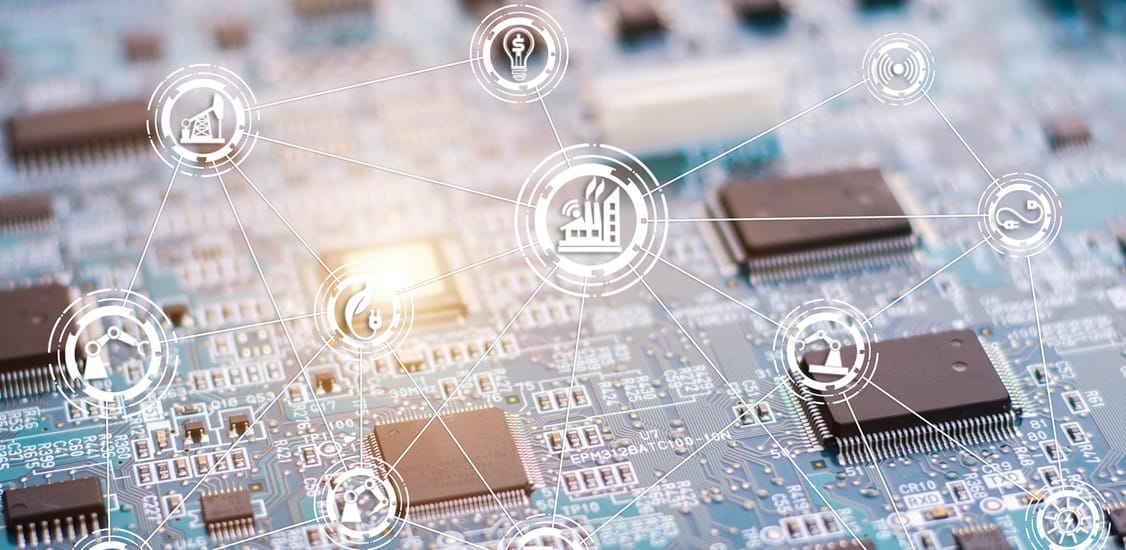The past couple of years has seen much discussion around hot tech trends such as 5G, the Internet of Things, and the growth of the DevOps function, and how they will impact almost every facet of everywhere. 2019 is likely to be a year of change, however, in which we can expect hype to give way to reality, with major advances set to truly transform the digital landscape forever.
These are a number of fascinating developments the industry can expect to see over the next 12 months.
#1: Everyone knows 5G’s benefits - but what about the costs?
With its promised benefits of high speed, ultra-low latency connectivity, the arrival of 5G is undoubtedly the most anticipated technological development of 2019. Activity around the next generation network is already rife. Most mobile operators have announced their intention to roll out at least partial networks this year and we’ve seen various deployments, network optimisation scenarios, and ecosystem partner trends currently in play across a range of use cases.
Many video streaming applications require much higher bandwidth, for example, especially since the advent of 4K ultra-HD and multi-dimensional video, and the growing popularity and sophistication of AR and VR applications. Providing this quality of video rendering in a confined area such as an arena, a stadium, or a theatre would require very high capacity from a single wireless base station. But, by boosting the delivery of video to such applications, 5G will radically improve the video streaming experience for anyone attending an event.
There will also be a significant uptake in 5G mobile broadband connectivity by businesses as they seek to bypass the bottleneck in their fixed indoor networks resulting from the growing demand on their currently deployed connectivity infrastructure.

R. Ezhirpavai,
VP of Technology,
Aricent
The benefits of 5G benefits won’t come cheap, however. Due to the complexity of their antennas, and the spacing between them, operators are reporting deployment costs for 5G base stations as being four to six times that of 4G. To overcome this, operators must find ways to optimise the costs of their 5G infrastructure.
One solution may lie in following an example seen in Korea, where infrastructure is co-owned by multiple service providers. Alternatively, operators could offset these costs by working in tandem with application vendors to offer their customers a range of bundled services with longer-term subscriptions.
Another solution lies in monetising the IoT, particularly with regard to industrial applications where the ultra-low latency capability of 5G enables instantaneous communication between devices and their controllers. Indeed, it’s for use cases like this that we’re likely to see operators increasingly trying to persuade industrial organisations as well as businesses to adopt 5G.
#2: Implementing the IIoT Should (in theory) be Easier
With the introduction of 5G as a key enabler, we can fully expect the IoT to enter the mainstream this year, and for it to play a particularly critical role in smart manufacturing and the broader Industry 4.0 paradigm where there already exists a proliferation of use cases.
The integration of industrial IoT platforms with operational efficiency applications, for example, will translate to real operational benefits in terms of cost, time and resource optimisation. Similarly, the implementation of assisted production and robotic control applications will allow for greater scalability and flexibility in the utilisation of the smart factory, thereby significantly improving its efficiency and cost-effectiveness.
In addition, the insight and intelligence gleaned from analysis of the vast volume and variety of data generated by the connected devices and sensors across the factory floor will form a key technical catalyst to the development of the infrastructure itself, informing its ongoing innovation.
2019 will also see growing momentum in terms of research and prototyping projects around the integration of blockchain into the IoT, and how the IoT will enable greater automation and impact an organisation’s digital transformation - each project a hot topic in its own right. Businesses will experiment and create islands of blockchain-enabled integrated and automated plant operations and supply chain management use cases, for example, allowing them to perform outcome assessments and gauge their viability for future business operations.
#3: More Collaboration and Automation for DevOps
Towards the end of 2017, following significant momentum across all industries, Forrester declared that 2018 would be the year of DevOps. This year, we can expect the software development process to become even more collaborative, cutting across multiple teams within an organisation.
Enabling this widespread collaboration, however, will require common visibility of expectations, dependencies and progress at each stage along the delivery pipeline. Matrices that map to software release agility, developer productivity, and quality of release will therefore become an integral part of software development. Transparency, too, will be essential in allowing DevOps to take the measures necessary to optimise each of these stages on a continuous basis.
Advances in AI technology will lead to greater automation. Cognitive capabilities that enable AI and ML on build/test logs to make decisions on the pipeline flow will become mainstream, for example. Likewise, determining the right subset of test cases to be run based on the commit will become a largely automated decision, as will finding root cause from test logs, and making release decisions for microservices.
It’s clear that this increased collaboration, transparency and automation will serve to improve the efficiency of the DevOps team, resulting in a significantly faster, more reliable pipeline. DevOps itself may be nothing new, but this is the year it goes from being a ‘nice to have’ to being an essential business function.
In summary, 2019 is likely to be a year of significant change. Yes, 5G, the IoT and DevOps have been long discussed - but it has now reached a critical stage where their impact will be truly felt. Buckle up.




















